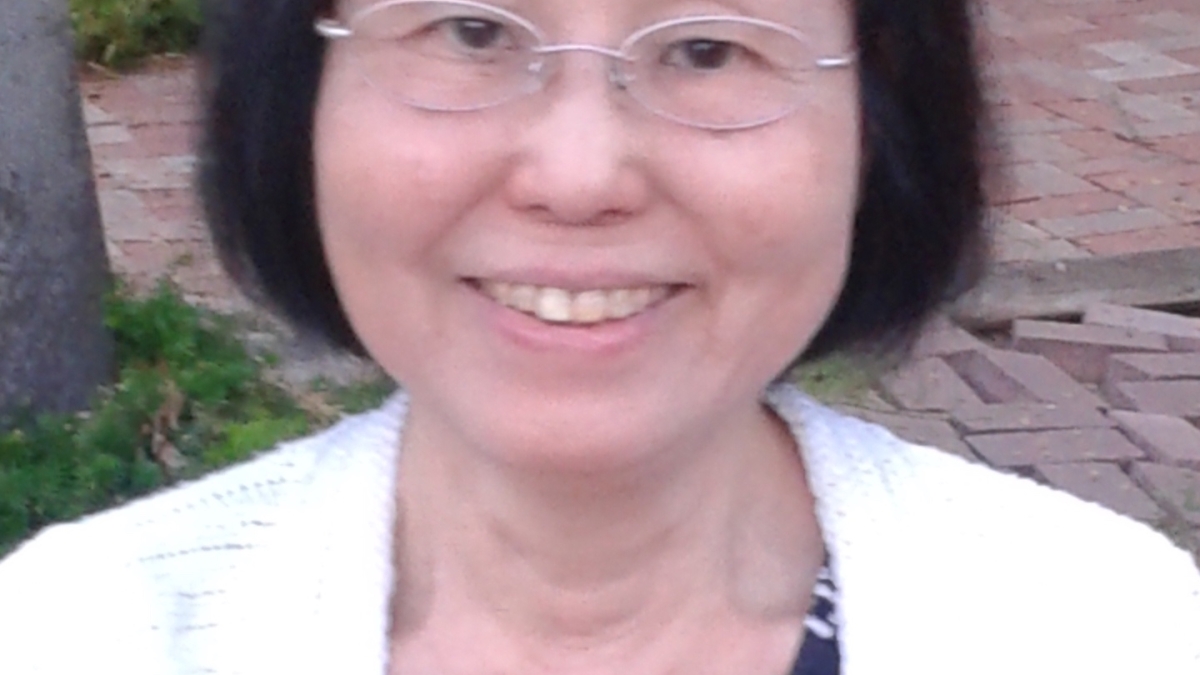Japanese instructor brings lasting impact to ASU students, curriculum

Miko Foard has help shaped Japanese curriculum at the School of International Letters and Cultures, capitalizing on what interests students.
Arizona State University's reputation for innovation stems from many sources, especially faculty members. At the School of International Letters and Cultures’ Japanese department, Professor Miko Foard’s engaging curriculum has defined many students’ experiences and shaped their understanding of Japanese culture and language.
“My biggest joy is when students themselves don’t think they’re good, but I make them realize they’re good,” Foard explained, “I like to teach something that regular textbooks don’t teach.”
Foard’s background undoubtedly contributes to her successful classroom techniques. In addition to teaching at the School of International Letters and Cultures, she has organized conferences for the Center for Asian Studies, facilitated projects for the National Institute for Japanese Language and Linguistics, lead numerous community groups and collaborated with international universities and organizations in Japan. She has worked at the school since 2002, and was the college’s first senior lecturer.
“I’m more famous outside of ASU,” Foard commented, “I had quite interesting experiences throughout all these jobs. The thing I really enjoyed most was working with faculty from other countries.”
Foard has perfected a teaching technique called shadowing, which originated when training simultaneous interpreters. Her work in this area has been supported by grants from the Japanese government. Students listen to and rapidly repeat Japanese they hear in popular culture materials, such as using one to three minute segments of movies.
“You have to practice every day, but don’t practice anymore than 10 to 15 minutes,” Foard said, explaining that the process can be fatiguing when not spread out.
“Because of anime, they think they can [speak Japanese], and I think they have too much confidence,” Foard continued, “But then they find out Japanese is so hard.”
In 2007 her course, Language of Japanese Popular Culture, was ranked by College Board as one of the 25 best language courses available at U.S. universities.
“These films, videos, CDs, Youtube videos… They are authentic, living Japanese with excellent samples of speech styles, vocabulary, kanji, onomatopoeic expressions, dialects, honorifics and grammar rules,” Foard writes.
In her personal statement of teaching philosophy, Foard emphasizes that students learn best when they get to explore their interests within a course. Pop culture, she has found, is central to that.
“I’m a big believer in students...” Foard said. “Learning a language will help them think of their own culture...if you can do that, your world becomes bigger.”
More Arts, humanities and education

ASU professor, alum named Yamaha '40 Under 40' outstanding music educators
A music career conference that connects college students with such industry leaders as Timbaland. A K–12 program that…

ASU's Poitier Film School to host master classes, screening series with visionary filmmakers
Rodrigo Reyes, the acclaimed Mexican American filmmaker and Guggenheim Fellow whose 2022 documentary “Sansón and Me” won the Best…

Pen Project helps unlock writing talent for incarcerated writers
It’s a typical Monday afternoon and Lance Graham is on his way to the Arizona State Prison in Goodyear.It’s a familiar scene.…

